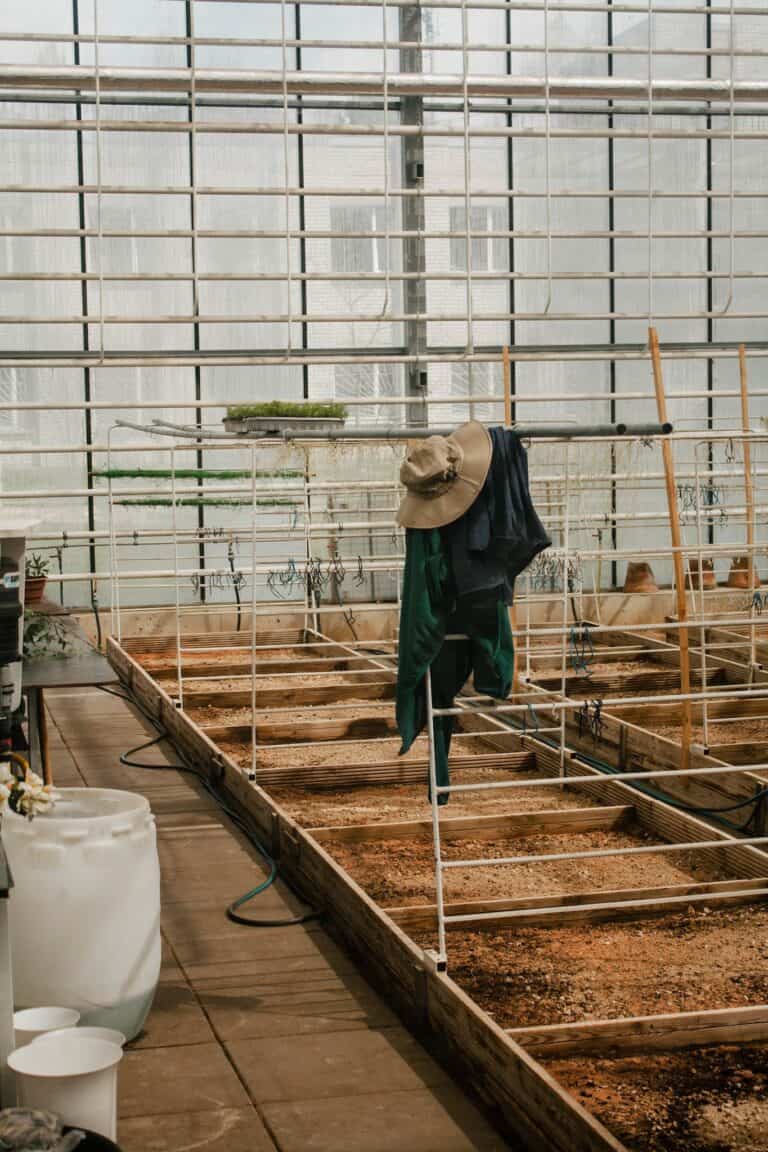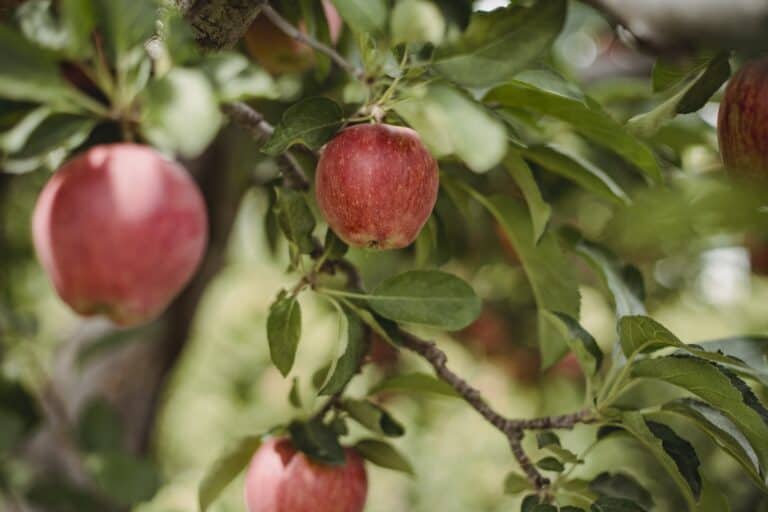Raised Bed Irrigation Step by Step
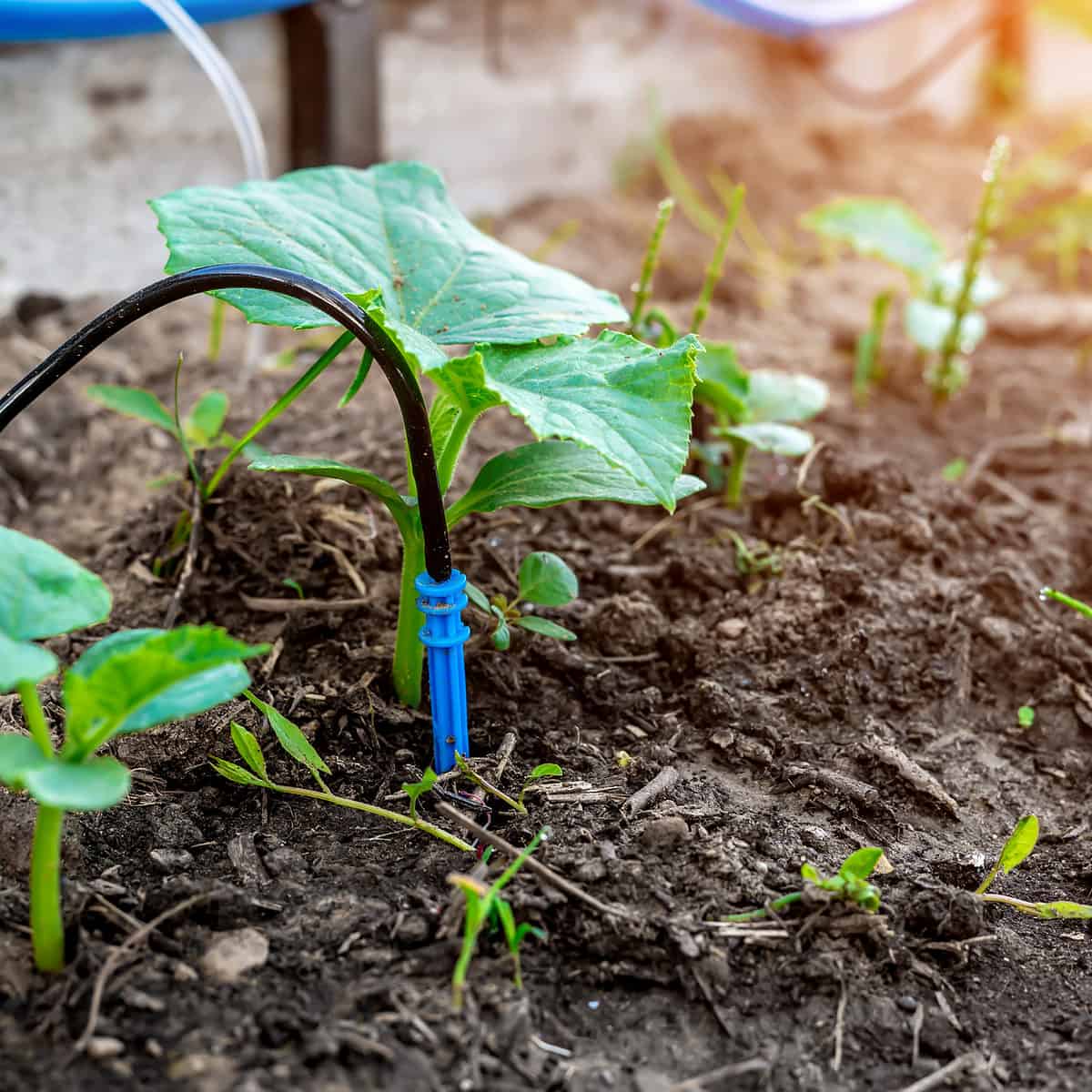
Irrigation is an important aspect of gardening, especially for raised beds, which tend to dry out faster than in-ground beds. This is due to their elevated position and lack of moisture-retaining soil below. Knowing how to install drip irrigation can help to ensure that your plants receive the water they need to thrive and produce a healthy crop. In this blog, we will discuss some best practices for putting in irrigation to raised beds.
How to Install Drip Irrigation
1. Plan Out Your Irrigation System Before You Start
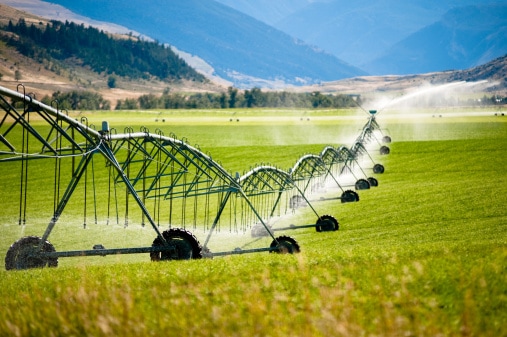
It’s important to have a clear idea of how you want your irrigation system to work before you start installing it. Consider factors such as the size and layout of your raised beds, the types of plants you are growing, and the climate and rainfall patterns in your area.
2. Use Drip Irrigation for Most Raised Beds
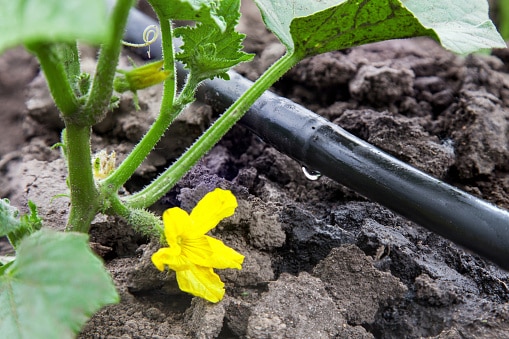
Drip irrigation is a highly efficient way to water your plants, as it delivers water directly to the roots of the plants where it is needed most. Having an idea on how to install drip irrigation can help to reduce water waste and prevent soil erosion.
3. Install a Water Timer
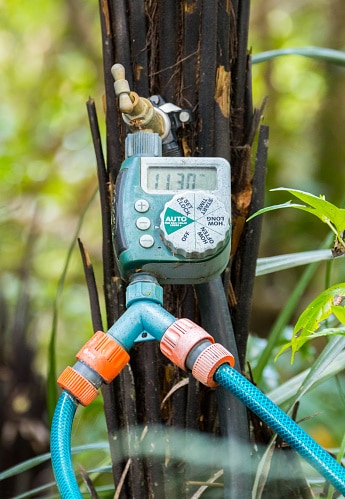
This step is the first practical aspect of installing drip irrigation system. A water timer can help you to automate your irrigation system and ensure that your plants receive the right amount of water at the right time. You can set the timer to water your plants at specific intervals, or even customize it to water more frequently during hot, dry weather.
4. Use Mulch to Help Retain Moisture
Mulching your raised beds with materials such as wood chips or straw is highly effective. It helps to keep the soil moist and reduce the frequency with which you need to water your plants.
5. Consider Using a Rainwater Harvesting System
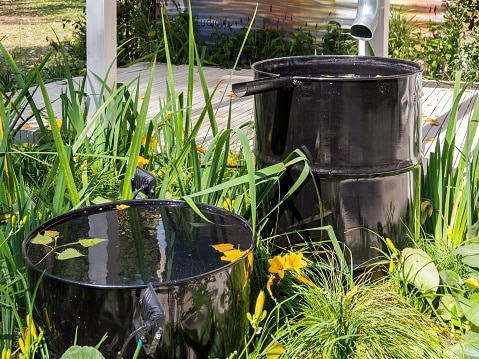
If you live in an area with regular rainfall, you may want to consider installing a rainwater harvesting system. This way, you can collect and store rainwater for use in your irrigation system. This can help to reduce your water usage and save you money on your water bill.
6. Keep an Eye on Your Irrigation System
It’s not enough to install drip irrigation on your farm and set up structures that would help it function optimally. It is also important to regularly check your irrigation system to make sure it is functioning properly and delivering the right amount of water to your plants. If you notice any issues, make sure to address them promptly to ensure your plants receive the water they need to thrive.
Wrapping Up
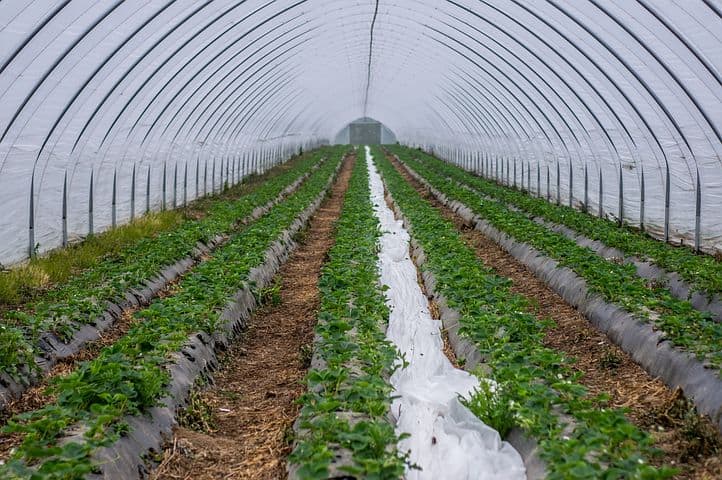
By following these best practices on how to install drip irrigation, you can help to ensure that your plants receive the water. This will help them to grow and produce a healthy crop.

